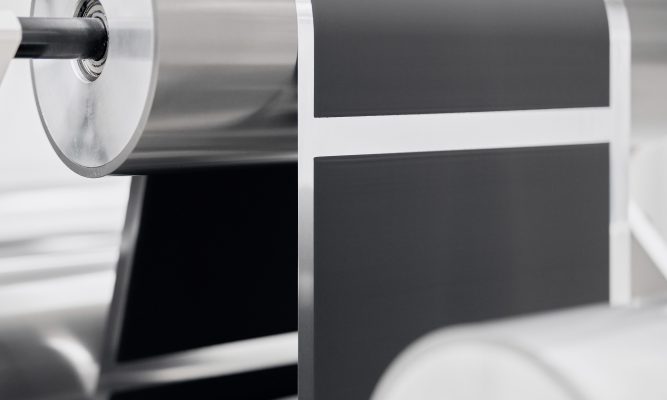[ad_1]
The Problem of Rising Battery Prices

Inflation’s Affect on Battery Costs
Inflation hasn’t been type to batteries. For over a decade, the price of lithium-ion battery packs has persistently declined. Nevertheless, final 12 months, this development began to reverse. The rise was comparatively small however important. Historically, new applied sciences are inclined to comply with a downward price curve, and batteries had been anticipated to be no exception. Sadly, delays in materials provides and surging demand added an additional $12 to each kilowatt-hour of battery capability, as reported by BloombergNEF.
The Delay in Price Discount
A few years in the past, specialists surveyed by BloombergNEF anticipated that whole pack costs would plummet to $100 per kWh by 2024. Nevertheless, this identical survey now predicts that the trade will not attain that milestone till 2026. This delay in price discount locations added stress on the automotive trade, which has closely relied on declining lithium-ion battery costs to realize their near-term decarbonization objectives. Automakers have made substantial investments in new factories, banking on matching demand with the anticipated surge in provide. Nevertheless, the rise in battery prices might jeopardize these investments.
Efforts to Decrease Battery Prices
Recognizing the challenges posed by rising battery prices, battery firms and automakers have been working diligently to deal with the problem. Normal Motors (GM) and Stellantis have invested in mining firms to safe a steady provide of uncooked supplies, whereas Ford has partnered with battery recyclers. These efforts intention to rein in uncooked materials bills, which contribute considerably to total pack prices. Moreover, producers have been making incremental enhancements to non-cell pack parts in an try to avoid wasting prices. Nevertheless, these price reductions solely account for about 30% of the full, they usually have not been enough to counterbalance the impression of upper materials and manufacturing prices for the battery cells themselves.
Conclusion
The reversal of the downward price development for lithium-ion battery packs has created challenges for the trade, notably for the automotive sector. The delay in attaining the anticipated discount to $100 per kWh in battery pack costs provides monetary stress to automakers who’ve closely invested in new factories. Nevertheless, battery firms and automakers are actively working to mitigate the results of rising prices by strategic partnerships and incremental enhancements. Whereas the trail to price discount could also be slower than initially anticipated, these efforts show the willpower to beat the obstacles posed by inflation and keep momentum in direction of a decarbonized future.
Steadily Requested Questions (FAQ)
1. Why did battery costs improve final 12 months?
The rise in battery costs was pushed by a mix of delays in materials provides and a surge in demand, which added an additional $12 to each kilowatt-hour of battery capability.
2. What had been the preliminary expectations for battery pack costs?
A couple of years in the past, specialists anticipated that battery pack costs would attain $100 per kWh by 2024. Nevertheless, latest surveys counsel that this milestone will not be reached till 2026.
3. How does the rise in battery prices have an effect on the automotive trade?
The automotive trade has closely relied on declining battery costs to realize their decarbonization objectives. With the reversal in price discount, automakers face monetary stress and doable threats to their investments in new factories.
4. What measures have been taken to deal with rising battery prices?
Battery firms and automakers have applied numerous methods, comparable to investing in mining firms to safe uncooked materials provides and partnering with battery recyclers. Producers have additionally made incremental enhancements to non-cell pack parts.
5. Why have these efforts not been enough to offset rising prices?
Whereas producers have made cost-saving enhancements to non-cell pack parts, these reductions solely account for about 30% of the full prices. The numerous bills related to uncooked supplies and manufacturing for battery cells have outweighed these financial savings.
[ad_2]
For extra data, please refer this link
